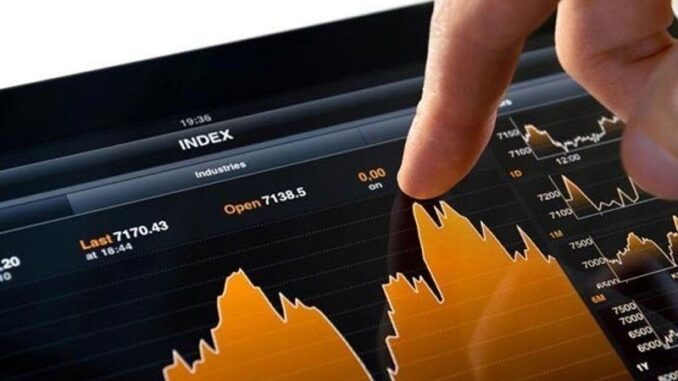
MANILA, Philippines — The continued depreciation of the peso has dampened investor sentiment, dragging the local stock market into the red and below the key resistance level.
The benchmark Philippine Stock Exchange index (PSEi) pulled down by 1.5 percent or 112.73 points to close at 7,424.52 yesterday.
The broader All Shares index likewise slipped, ending 1.08 percent or 44.05 points lower to 4,033.36.
“The local currency’s weakening against the US dollar contributed to the market’s drop,” Philstocks Financial Inc. research manager Japhet Tantiangco said.
Tantiangco added that investors continued to pocket some gains from recent strong rallies.
Trading was tepid, resulting in a net market value turnover of P5.09 billion — lower than the year-to-date average of P5.22 billion. Foreigners were net sellers, with net outflows amounting to P402.75 million.
All sectors closed in negative territory, with holding firms losing the most by 1.77 percent.
Market breadth was negative, with decliners outnumbering advancers, 122 against 72, while 64 issues were unchanged.
The peso breached the 57 to $1 level again yesterday, shedding 11.5 centavos to close at 57.02 from Tuesday’s 56.905 finish. It was the peso’s weakest close in nearly two months or since its 57.245 to $1 finish on Aug. 16, 2024.
This was after the 25-basis-point rate cut of the Bangko Sentral ng Pilipinas (BSP), which slashed borrowing costs ahead of the US Federal Reserve.
Michael Ricafort, chief economist at Rizal Commercial Banking Corp., said the peso weakened after cautious signals from most Fed officials recently on future Fed rate cuts amid the stronger-than-expected US employment data.
In an interview with Global Finance magazine, BSP Governor Eli Remolona Jr. reiterated that the BSP did not need to wait for the US Fed to cut rates in August.


Be the first to comment